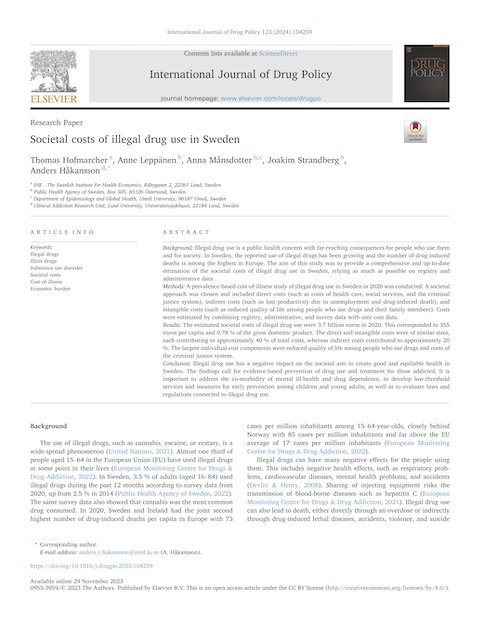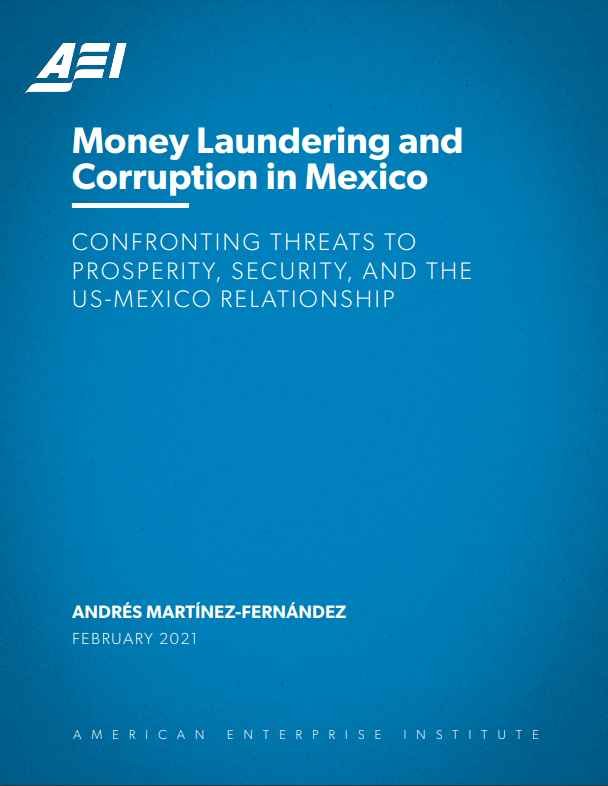By Astrid De Schutter and Nils Duquet
This report discusses the connection between drug trafficking and firearms trafficking, focusing on systemic drug-related gun violence. It also examines the societal impact of this violence within the EU. For those interested in understanding the complex nexus between firearms trafficking, drug trafficking, and the resulting violence, this report provides valuable insights and analysis.
The analysis responds to a need for further research into the issue, at a time of rising drug-related violence in Europe. On average, over a quarter (28%) of the firearms seizures in Europe are estimated to have occurred in the context of drug trafficking, with this figure close to a half (44%) in some EU Member States (UNODC). The UN Commission on Narcotic Drugs has emphasised the need to address the links between the illicit trafficking in drugs and firearms. In Resolution 65/2, it encouraged states to take appropriate measures to prevent and combat these links, by enhancing border control management, information exchange and international operational cooperation.
The report identifies the Balkan route as a key transit route for firearms and drugs into the EU. Weapons and drugs are often smuggled along this route as part of multi-commodity transfers, or hidden in vehicles. The Western Balkans are an important source region of firearms trafficking into the EU. The arms moved from this region are often 'conflict legacy weapons' (e.g. from conflicts in the former Yugoslavia and the Albanian civil war). Firearms are often smuggled together with drugs by the same criminal networks or, at least, along well-established drug-trafficking routes.
The analysis shows how firearm traffickers have significantly exploited legal loopholes over the past 20 years to legally acquire weapons unable to fire live ammunition (e,g. alarm weapons, deactivated acoustic expansion weapons, small-calibre firearms) and convert them into live-firing weapons. The ease with which these weapons can be legally purchased and converted has strongly impacted the criminal availability of firearms in several EU countries. In various Member States, a higher availability of trafficked firearms on the illicit market has triggered drug-related gun violence.
In 2019, the EMCDDA and Europol noted that the criminal use of firearms by organised crime groups (OCGs) involved in European drug markets appeared to be increasing. Europol found that the use of drug-related violence has escalated in recent years, particularly linked to the cannabis and cocaine trade (SOCTA, 2021).
The report takes an in-depth look at the use of gun violence at the wholesale level of the drug distribution chain and the local consumer market. Violence appears generally less evident at the production and wholesale level than the consumer level of the drug market. Most of the drug-related gun violence at wholesale level in Europe is connected to cocaine. The recent shift from a few large networks dominating the cocaine market to a larger number of smaller competing networks may explain the upsurge in violence.
The local consumer market accounts for most of the visible drug-related gun violence. Many actors involved in this violence are young adults using guns as a means to advance their criminal career. Open drug markets — where buyers can purchase products without prior introduction to the seller — are more prone to violence than closed markets, which are built on relationships of trust between buyer and seller.
Finally, the report looks at the broader impact of firearms trafficking and associated violence in the drug trade on society as a whole. Residents or individuals working in the community may be threatened or extorted. Drug criminals may target innocent victims through cases of mistaken identity. And there may be spill-over effects, when violence moves beyond the criminal milieu (e.g. to Ministers, journalists).
The report underlines the need for sound intelligence on these security phenomena, including better ballistics data, law enforcement information and intelligence on firearms trafficking and criminal shootings. Such data and information are crucial to adequately inform evidence-based initiatives, support targeted law enforcement actions and evaluate policies. The study contributes towards a better understanding of drug-related gun violence in the EU and supports appropriate policy responses to prevent this type of violence.
Lisbon: European Monitoring Centre for Drugs and Drug Addiction. 2023. 57p.
























